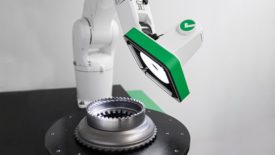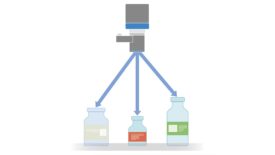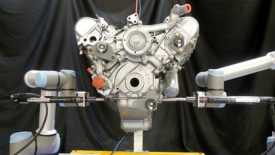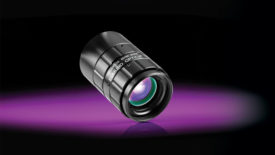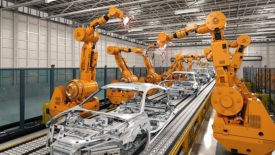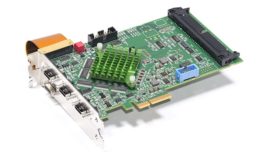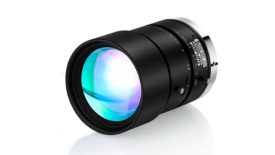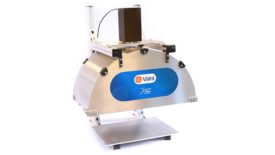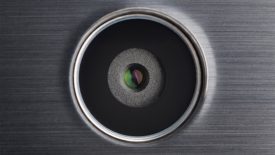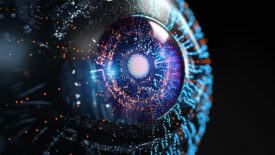Vision & Sensors
Software
Machine vision, AI, robotics, and intelligent inspection planning technologies working in synergy help democratize industrial automation systems.
Read More
Vision & Sensors | Lighting
Liquid Lenses and Cameras: Unmatched Control over Optical Parameters
Learn more about liquid lens technology.
December 28, 2023
Vision & Sensors | Machine Vision 101
A Quick Guide to Choosing Machine Vision for Collaborative Applications
What are the main considerations to keep in mind?
December 27, 2023
Vision & Sensors | Lighting
The Power of SWIR Illumination and Imaging
SWIR illumination and imaging unlock powerful new ways of differentiating materials that look similar under visible light.
December 11, 2023
Vision & Sensors | Software
Using machine vision without prior programming skills
Most industrial sectors today rely on a very high degree of automation in their value chains.
December 8, 2023
Vision & Sensors | Standards
Camera Link Proves the More Machine Vision Changes, the More it Stays the Same
With so many interfaces available, why is Camera Link still viable?
December 6, 2023
Vision & Sensors | Trends
What Drives the Trends in Machine Vision
Machine vision continues to grow somewhat faster than the GDP.
December 1, 2023
Vision & Sensors | Trends
Making Vision and AI Easier for Users
Vision and AI can play a substantial role in reducing manufacturing costs and risk around manual and semi-automated processes.
December 1, 2023
Vision & Sensors | Vision & Sensors 101
Part 2: The Impact of Miniaturization on Machine Vision Lenses
The push towards miniaturization is reshaping numerous industries, influencing design decisions and fostering innovation.
November 20, 2023
Vision & Sensors | Machine Vision 101
Part 1: AI and Machine Vision Lenses: Enhancements, Trends, and Evolution
The importance of quality image acquisition cannot be stressed enough.
November 14, 2023
Stay in the know with Quality’s comprehensive coverage of
the manufacturing and metrology industries.
eNewsletter | Website | eMagazine
JOIN TODAY!Copyright ©2025. All Rights Reserved BNP Media.
Design, CMS, Hosting & Web Development :: ePublishing
